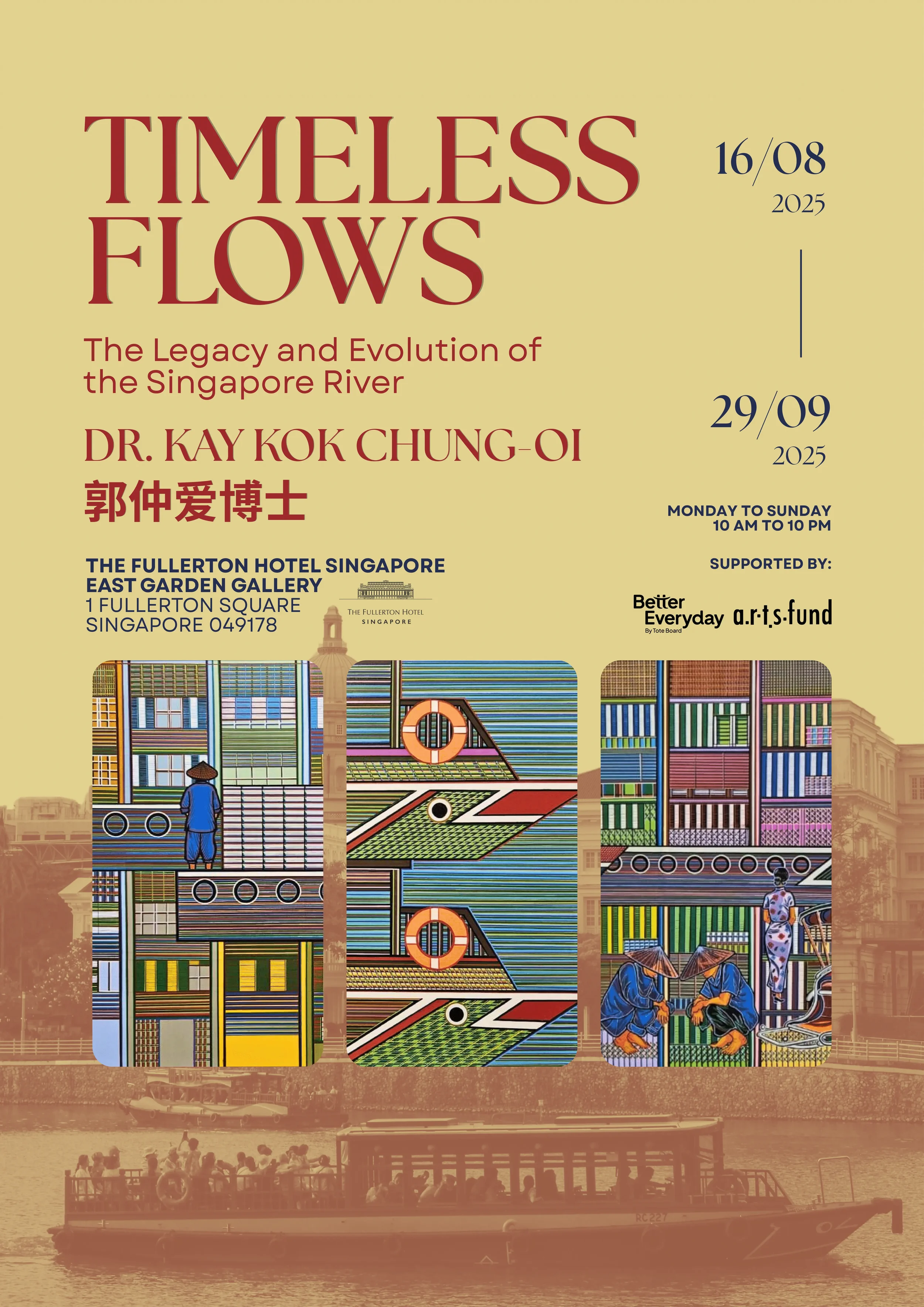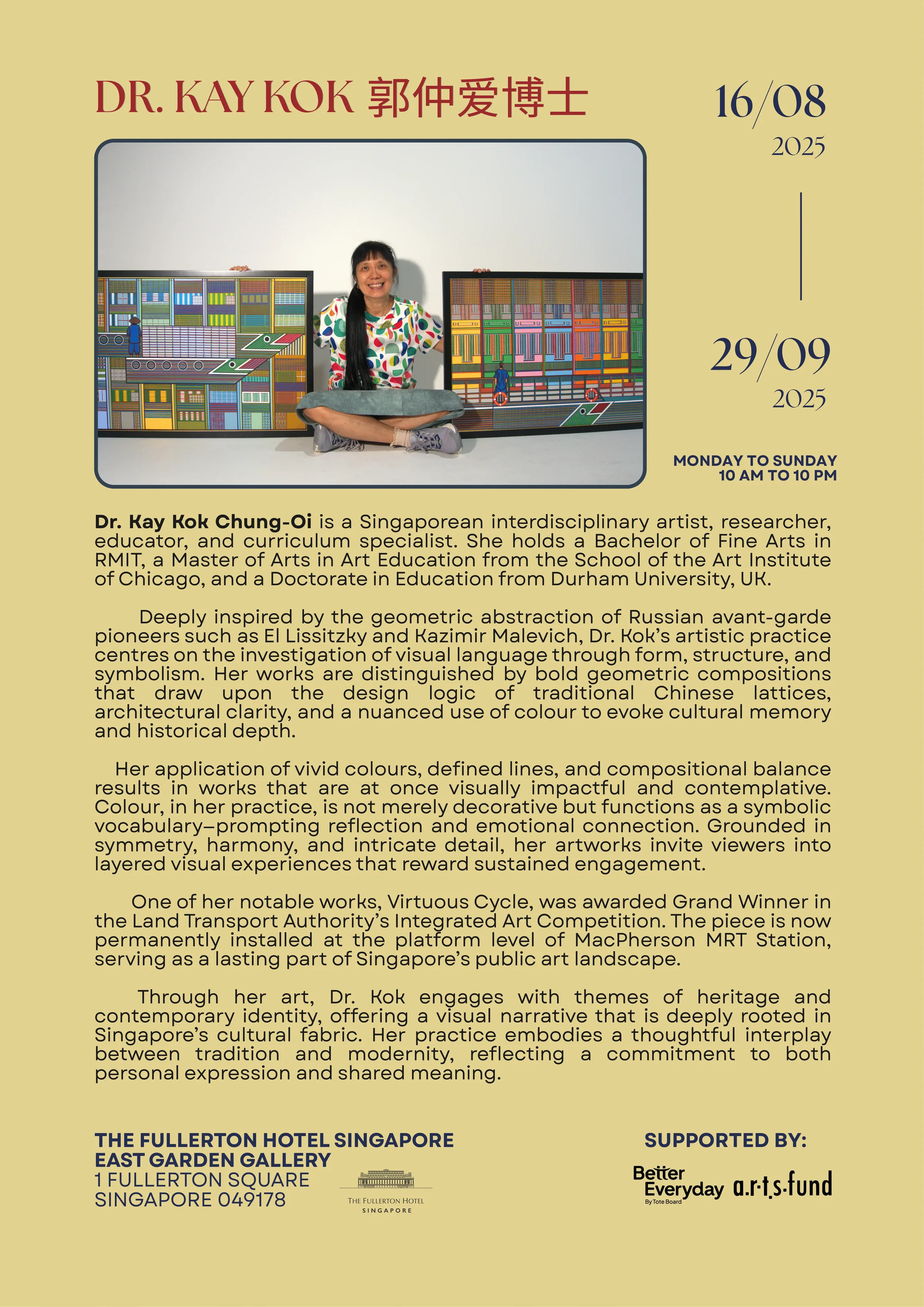Exhibition Highlight: Timeless Flows: The Legacy and Evolution of the Singapore River
Timeless Flows presents nine thought-provoking artworks inspired by The Singapore River: A Social History, 1819–2002 by Associate Professor Stephen Dobbs. The exhibition traces the journey of the Singapore River—from its early colonial days to its transformation into the modern cityscape we know today.
The original book explores the river’s importance as a key trade route during the British colonial era, focusing on the hard work of the lightermen—workers who transported goods between ships and shore. Over time, as Singapore developed into a global port, the river changed too, becoming cleaner and surrounded by modern buildings. But with progress came the fading of old industries like lighterage.
Inspired by this history, Dr. Kay Kok reimagines the story through the eyes of two fictional characters, Ah Huat and Wei Wei. Their journey, spanning from the 1940s to today, brings to life the changing riverfront—its people, its struggles, and its spirit.
Through her visual storytelling, Timeless Flows becomes more than just a tribute to the past. It invites us to reflect, reconnect, and imagine the future of the river that helped shape Singapore’s identity.
Note: The characters Ah Huat and Wei Wei are fictional and not based on real individuals.
-
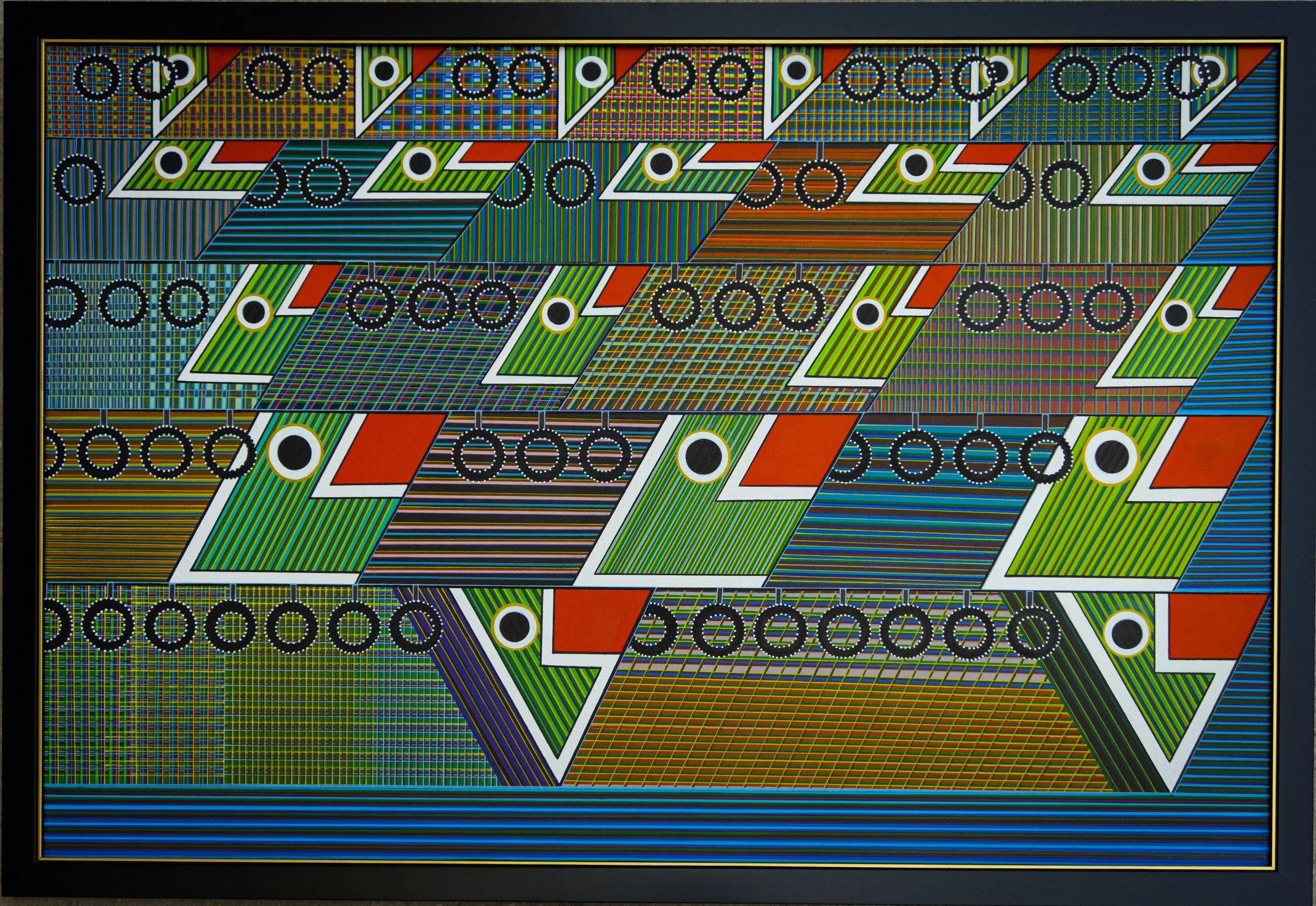
The River’s Lifeline
Size: 96cm X 66cm
Medium: Acrylic
Year: 2024
(Price: SGD 4,000)The painting portrays tightly packed rows of lighters along the old Singapore River, traditionally known as twakow and tongkang. The term twakow originates from the Hokkien dialect, while tongkang is derived from Malay. Both refer to the wooden cargo boats that were once a vital part of trade and transport along the river.
Quotation from the book by Associate Professor Stephen Dobbs.
The Singapore River: A Social History,
1819–2002.Page 3:
“For many years after the establishment of the British Settlement in Singapore in 1819, to speak of Singapore was to speak of the river. It was the physical center of town and the great bulk of goods traded in the settlement were handled on its banks. Even as new port facilities at Keppel Harbour came into commission in the later years of the nineteenth century, The amount of trade goods that passed through the Singapore River continued to grow until at least the late 1950s. The waters of the river were at the heart of the island’s trading activities. Colourfully painted vessels called lighters, ranging in size from a few tonnes to more than 150 tonnes, crammed the confined waters of the river. They carried valuable trade goods from ships in the outer harbour to quays along the river, at times forming a virtual impenetrable blanket over its waters.” -

Title: Lighters Reborn: From Trade to Tourism
Size: 96cm X 66cm
Medium: Acrylic
Year: 2024
(Price: SGD 4,000)Once used as cargo vessels along the old Singapore River, the lighters have since been transformed into tourist bumboats navigating the modern-day river. A key visual distinction lies in their safety tires—today's bumboats feature iconic orange tires with white markings, in contrast to the black rubber tires of the original lighters.
Quotation from the book by Associate Professor Stephen Dobbs.
The Singapore River: A Social History,
1819–2002.Page 123:
“This sentiment was summed up in a letter to The Straits Times in 1983 entitled “soulless” where the writer, referring to the removal of lighters from the river, suggested that all that would be left for Singaporeans and visitors to look at were hotels, high-rise offices and shopping centres.” -
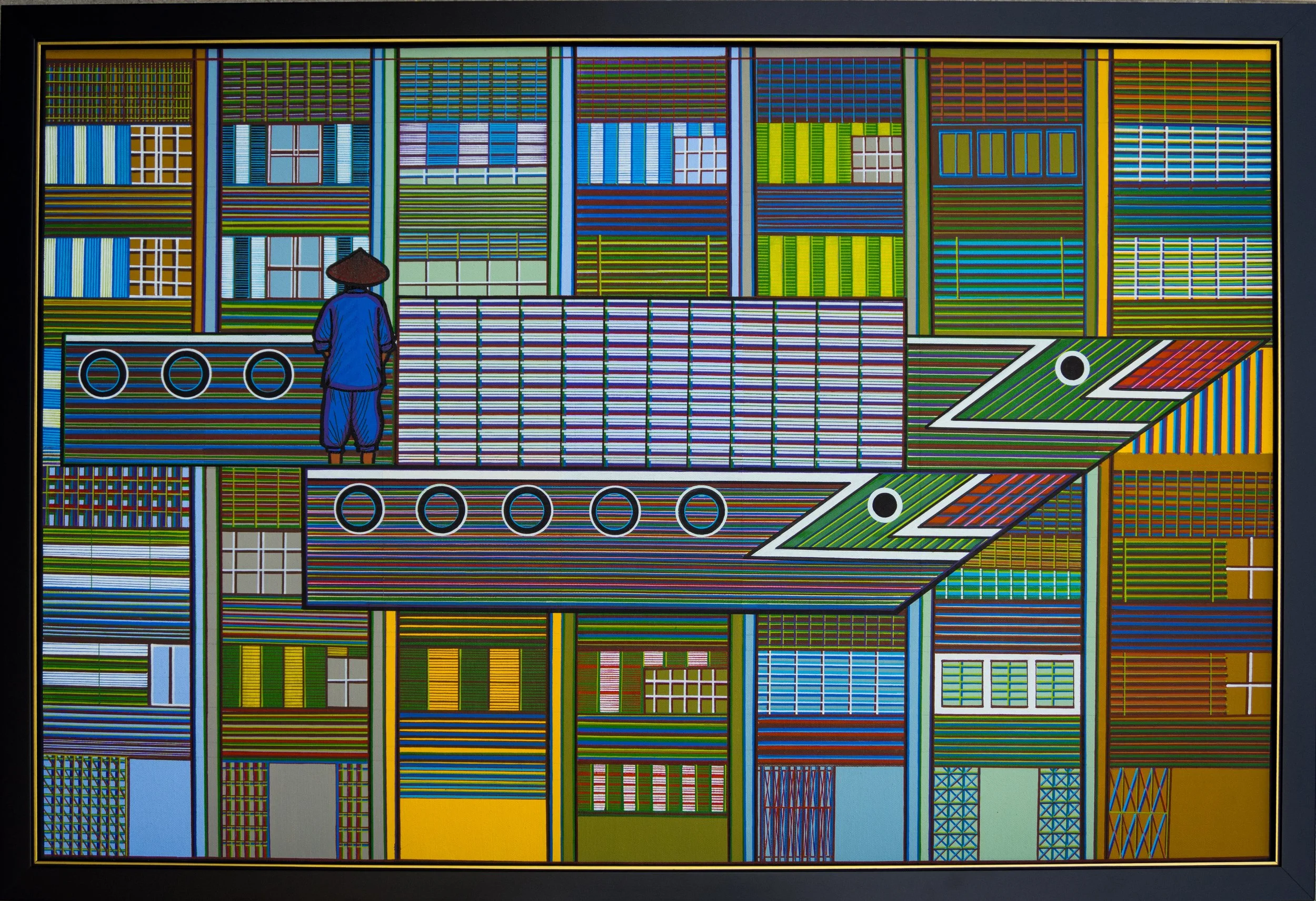
Title: Lighters Reborn: The Lighterman’s Journey
Size: 66cm X 96cm
Medium: Acrylic
Year: 2025
(Price: SGD 4,000)Meet Ah Huat, a seasoned lighterman who left his village in China in search of a better life, fleeing poverty and political upheaval. He found his place along the old Singapore River—a vital artery of the island’s early trade and transformation. In this painting, Ah Huat is seen guiding his cargo-laden lighter back toward the riverbank, having just transferred goods from a large ocean vessel anchored offshore. His vessel glides quietly past rows of timeworn warehouses, their lower floors alive with trade, while families dwell above, living side by side with the heartbeat of the river. Ah Huat is more than a labourer—he is a thread in the fabric of Singapore’s maritime heritage, part of the living memory of a river that once bore the weight of a growing nation. Through his quiet journey, we glimpse a bygone era shaped by resilience, hard work, and life upon the water.
Quotation from the book by Associate Professor Stephen Dobbs.
The Singapore River: A Social History,
1819–2002.Page 63:
“...Chinese who worked on lighters along the Singapore River arduous toil was a daily reality. Forced to leave their villages and homelands because of grinding poverty and political turmoil, they arrived in Singapore to take any sort of job.”Page 64:
“The principal task of ligthermen was the transport of cargo between ships in the harbour and warehouses along the river. They were responsible for both the safety of their craft -
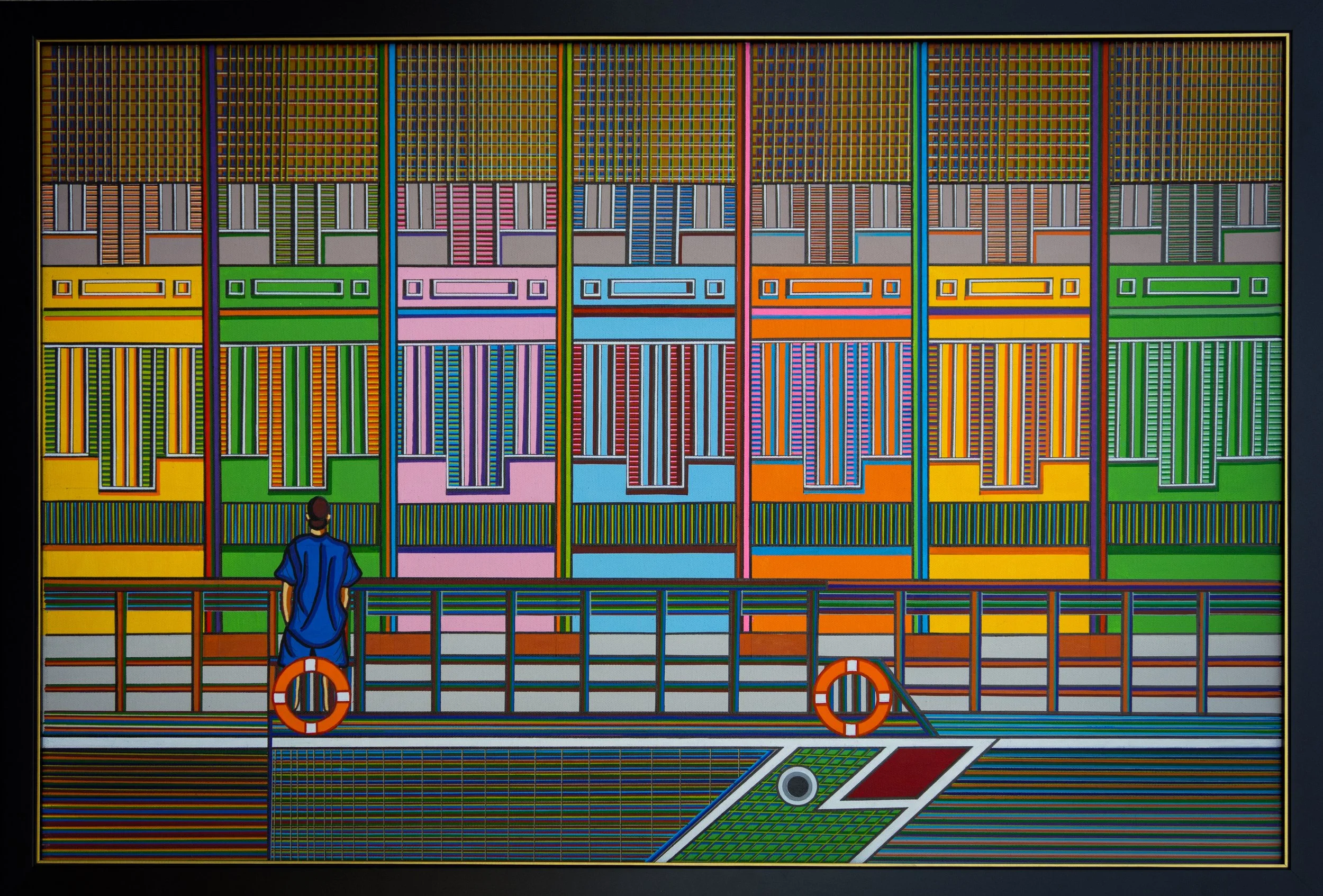
Lighters Reborn: A River’s New Voyage
Size: 96cm X 66cm
Medium: Acrylic
Year: 2025
(Price: SGD 4,000)Meet Wei Wei, a young man aboard a touristic bumboat, gazing at the vibrant rows of restaurants lining the riverbank, once old shophouses and warehouses from the historic days of the Singapore River. Once a bustling hub of trade, the river has now been transformed into a scenic attraction, blending heritage with modern leisure.
“The row of shophouses, which were once occupied as warehouses, had been repurposed into restaurants and bars. Today, Boat Quay is one of the major nightlife spots in Singapore, frequented by the professionals that work in the Central Business District area, and tourists.”
Ref: Hotel Clover The Arts -

A Pause by the River
Size: 50cm X 66cm
Medium: Acrylic
Year: 2025
(Price: SGD 2,800) [SOLD]Ah Huat sits by the river, eating a simple meal he bought from a nearby hawker. Shielded from the sun by his hat, he focuses intently on his food—each bite a source of strength for the demanding task ahead: hauling heavy cargo from the large ships to the waiting lighter.
Quotation from the book by Associate Professor Stephen Dobbs.
The Singapore River: A Social History,
1819–2002.Page 92:
“Ligthermen got to know which itinerant hawkers and eating houses served the best food or drink and frequented these places between working hours. They did not have to go very far to get a good meal. Perambulating hawkers serving a variety of noodle or rice dishes were found all along the river at any time of the day or night, catering for the manual workers in one of the busiest parts of the city.” -
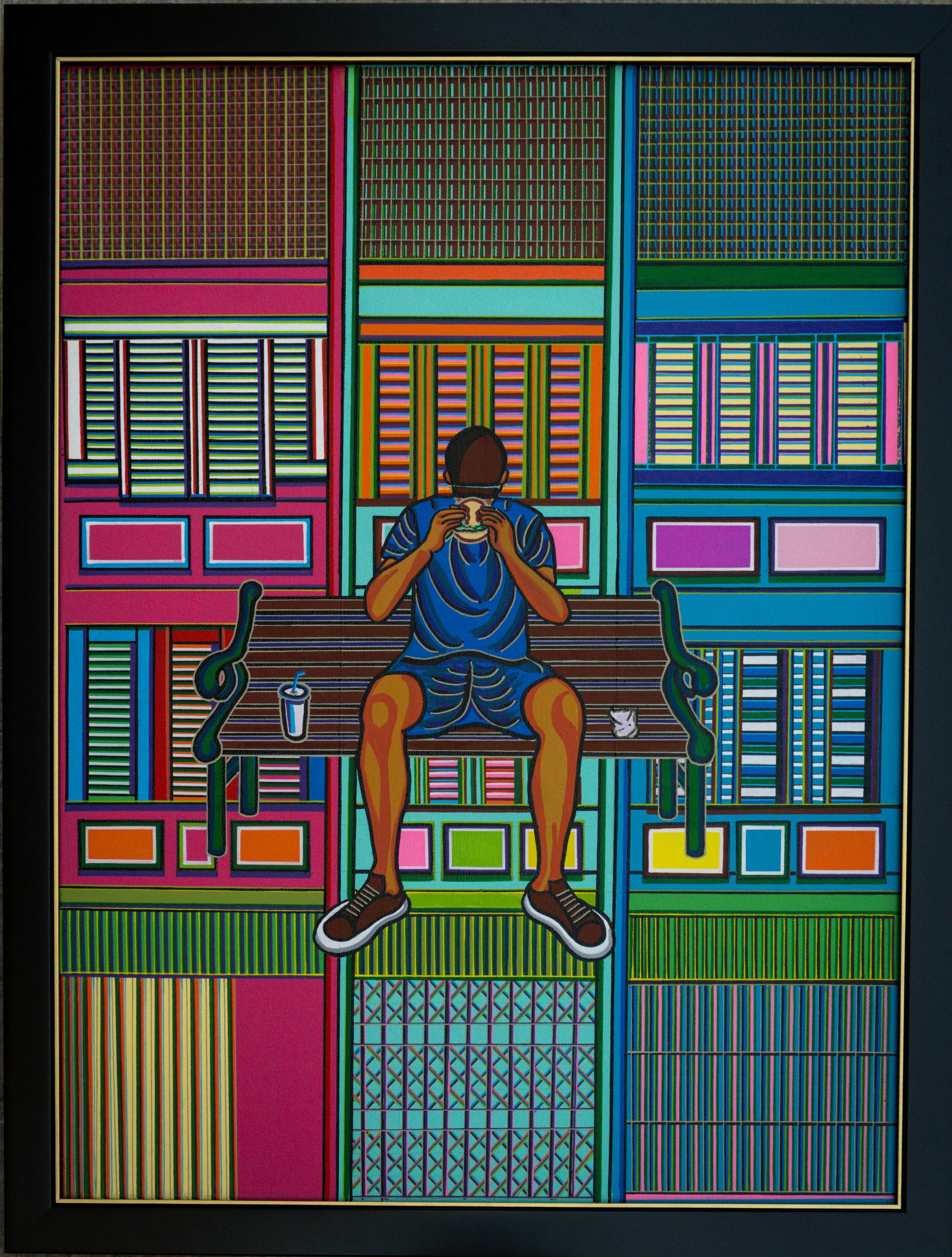
A Pause by the River
Size: 50cm X 66cm
Medium: Acrylic
Year: 2025
(Price: SGD 2,800)In contrast to Ah Huat, who sits on a wooden stool eating a modest meal during his break from hauling cargo, Wei Wei relaxes comfortably with a hamburger in hand, surrounded by colourful rows of shophouses now transformed into trendy cafés and restaurants. These vibrant scenes have replaced the old warehouses and shop houses of the past. Wei Wei, a tourist, admires the modern landscape of the Singapore River, while Ah Huat once laboured along its bustling banks as a lighterman. Though both are captured in moments of eating, they represent vastly different roles and eras along the ever-evolving river.
Quotation from the book by Associate Professor Stephen Dobbs.
The Singapore River: A Social History,
1819–2002.Page 116:
“The clean up of the Singapore River and planned development along its banks has continued unabated since the removal of lighters and support industries in 1983...Renovated shophouses and godowns that once supported entrepot=treading activities are once again coming to life. Now refurbished, they house the cafes, bars, restaurants...” -
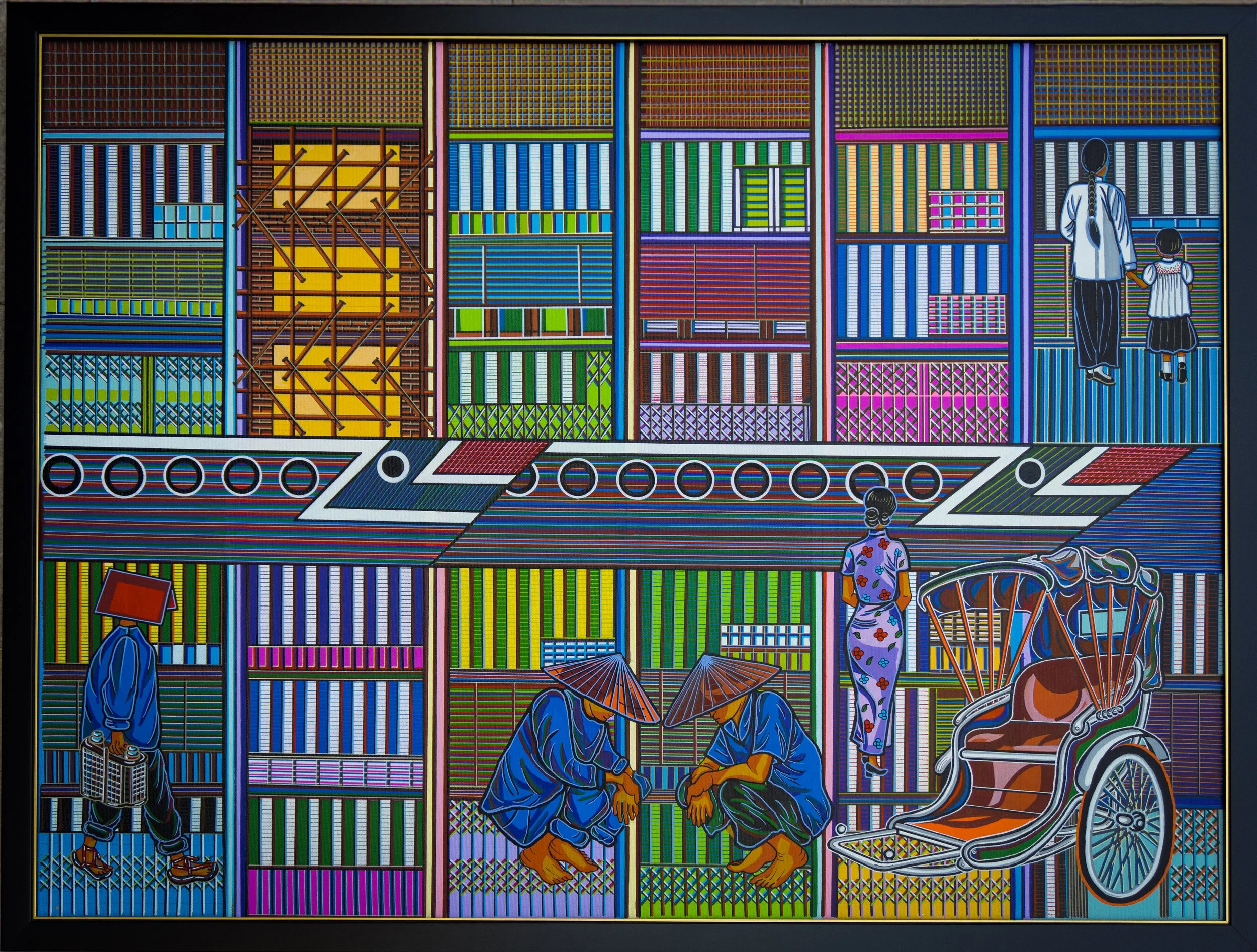
Title: The Heartbeat of Old Singapore
Size: 107cm X 81cm
Medium: Acrylic
Year: 2025
(Price: SGD 10,000)Ah Huat chats with his friend, a rickshaw coolie, their voices mingling with the hum of the bustling riverfront. A Samsui woman strides with quiet determination toward a shophouse under renovation, while nearby, an Amah gently holds the hand of her wealthy towkay’s child, guiding her home. This fleeting moment weaves together the lives of the unsung heroes who quietly sustained the heartbeat of old Singapore’s economy.
https://www.nlb.gov.sg/main/article-detail?cmsuuid=22e8b6c7-7f0e-453a-a3dd-9e2f6a028bf3.
https://www.jstor.org/stable/20070838
https://en.wikipedia.org/wiki/Lightermen_in_Singapore
https://biblioasia.nlb.gov.sg/vol-13/issue-3/oct-dec-2017/lifetime-of-labour/ -
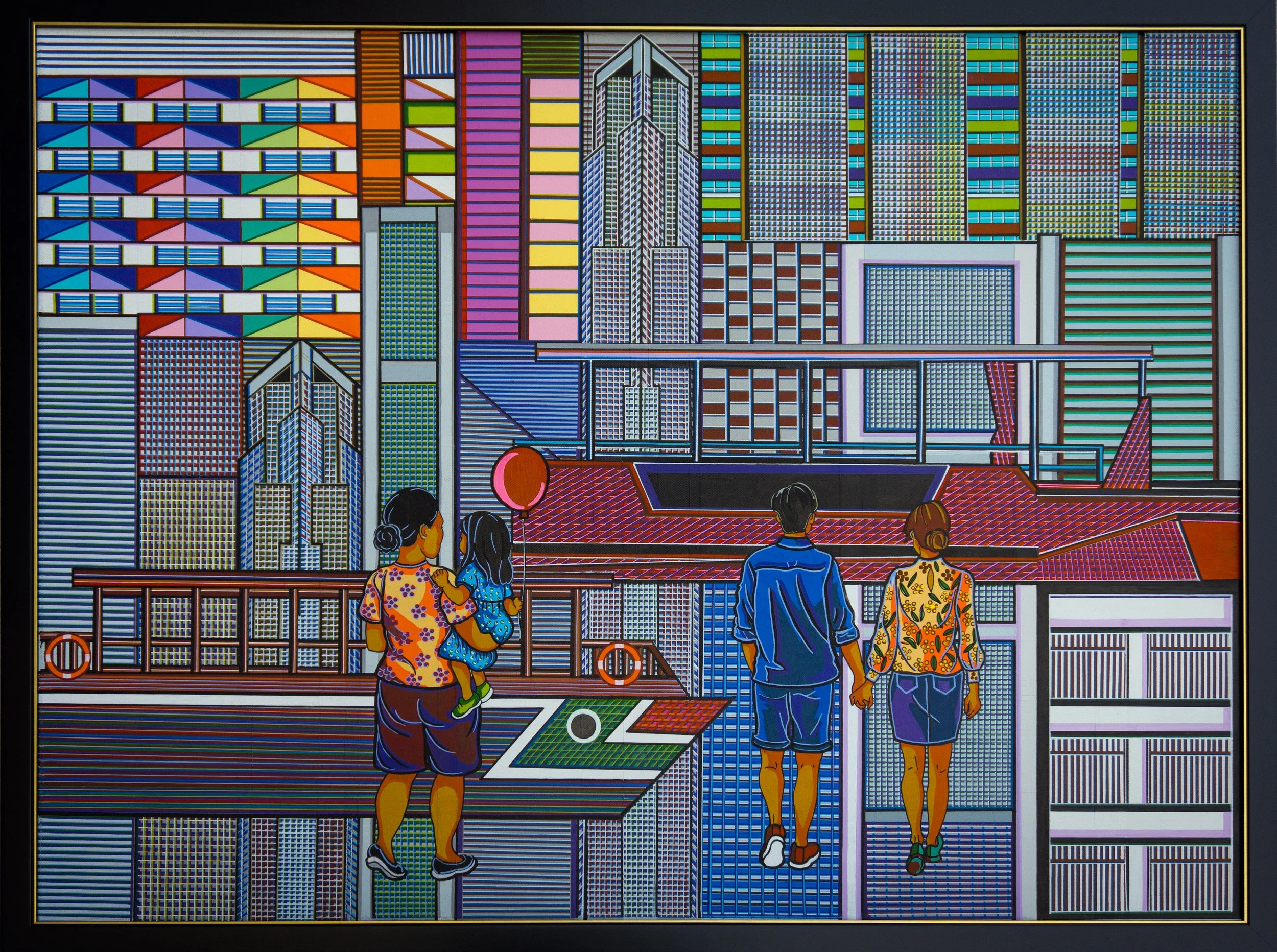
Title: New Millennium
Size: 81cmX107cm
Medium: Acrylic
Year: 2025
(Price: SGD 10,000)The historic riverscape of old Singapore gracefully yields to the dawn of a new era—the rise of a knowledge economy. Wei Wei and his wife, embodying this hopeful future, walk steadily toward the promise of progress. By their side, the domestic helper carries their daughter, a quiet testament to the vital role of foreign workers in nurturing this new millennium. Towering modern buildings of banking and commerce stand as a backdrop, symbolizing the pillars that sustain Singapore’s transformation into a vibrant, knowledge-driven society.
Quotation from the book by Associate Professor Stephen Dobbs.
The Singapore River: A Social History,
1819–2002.Page 116:
“The various urban development and renovation projects along the river reflect the Singapore government’s vision of the city-state, as a “tropical city of excellence”, a “gracious” global city based on a knowledge economy.” -
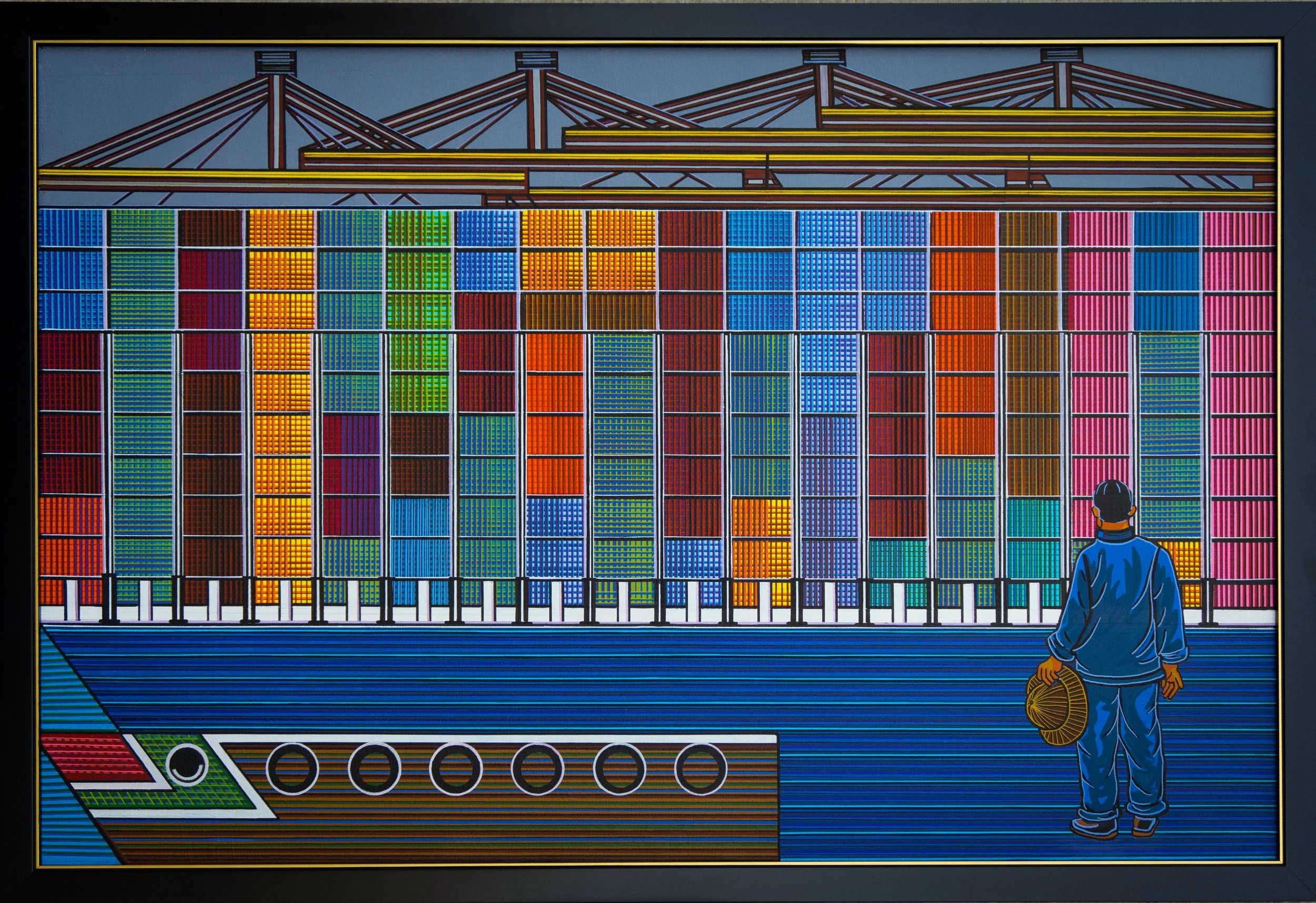
Sunset
Size:
Medium: Acrylic
Year: 2025
(Price: SGD 4,000)With the government’s sweeping cleanup of the old Singapore River and the rise of PSA as the hub for cargo operations, the lighterage industry faded into history. The remaining lighters were relocated to Pasir Panjang wharf, marking the end of an era. Ah Huat, once a proud lighterman, now faces the quiet uncertainty of change. He removed his hat in a gesture of respect and resignation —a silent farewell to the world he once knew. Behind him, a wall of vibrant containers and towering cranes looms like a barrier to the past, symbolizing both progress and the daunting unknown that lies ahead.
Quotation from the book by Associate Professor Stephen Dobbs.
The Singapore River: A Social History,
1819–2002Page 109
“Times quickly changed, and by the end of the decade, the PSA was handling most of the cargo moving through Singapore. Throughout the 1970s, there had been unprecedented development of the port authority’s facilities. The port of Singapore was fast becoming one of the busiest and most modern harbours in the world. Technological change in cargo handling, especially container shipping, played a major role in this rapid development and transformationPage 110:
“There was little the lighterage industry could do to offset the impact of these dramatic changes in the ocean shipping industry.” -

Timeless Flows I
Size: 46cm X56cm
Medium: Acrylic
Year: 2025
(Price: SGD 1,800) -

Timeless Flows II
Size: 97cm X 60cm
Medium: Acrylic
Year: 2025
(Price: SGD 2,800) -
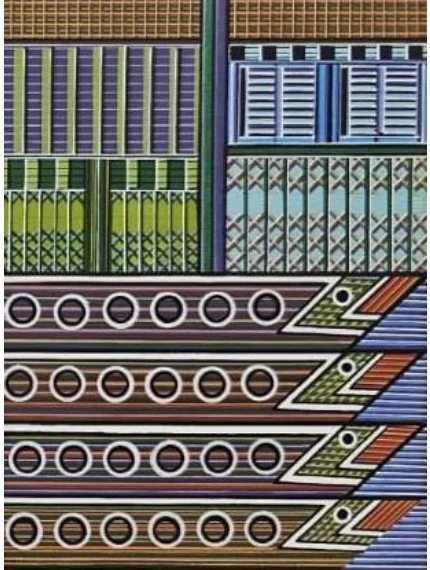
Timeless Flows III
Size: 28cm X36cm
Medium: Acrylic
Year: 2025
(Price: SGD 980) [SOLD] -
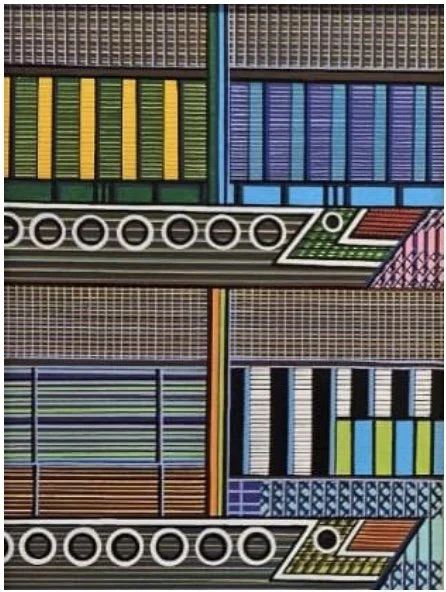
Timeless Flows IV
Size: 28cm X 36cm
Medium: Acrylic
Year: 2025
(Price: SGD 980) [SOLD] -
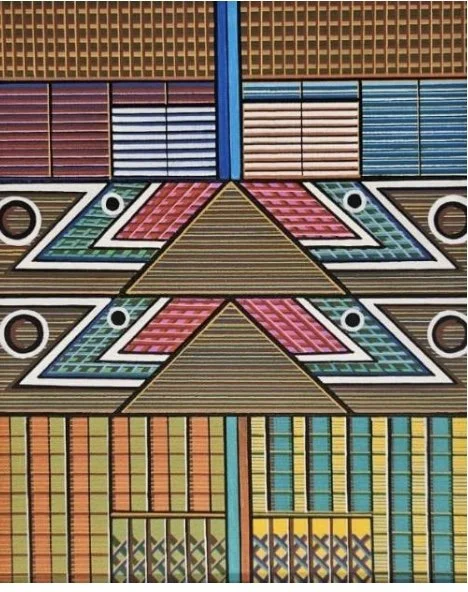
Timeless Flows V
Size: 30cm X 36cm
Medium: Acrylic
Year: 2025
(Price: SGD 980)
Thank you for attending Timeless Flows
We sincerely appreciate you taking the time to connect with Ah Huat and Wei Wei—the narrative bridges between the past and present of the Singapore River.
We would greatly value your feedback on your viewing experience, particularly regarding the artist’s interpretation of Dobbs’ book. Your insights will help us understand how effectively the artworks enabled you to reconnect with the past and relate it to the present.
Please scan the QR below or follow this link : https://forms.gle/HDe9x3GM2k97k3vb6 for sharing your thoughts with us.
How to Purchase the Artwork
Thank you for your interest in this artwork. To proceed with the purchase:
Availability:
Please approach Dr. Kay KOK CHUNG-OI to check on the availability of the artwork before making any payment.Payment Method:
Payment can be made via PayNow by scanning the QR code or sending the payment to the following number:
📱 +65 9069 0639
👤 Account Holder Name: KOK CHUNG-OI
3.. After Payment:
Kindly take a screenshot of the transaction confirmation and share it with us for verification purposes.
Thank you for your support!
